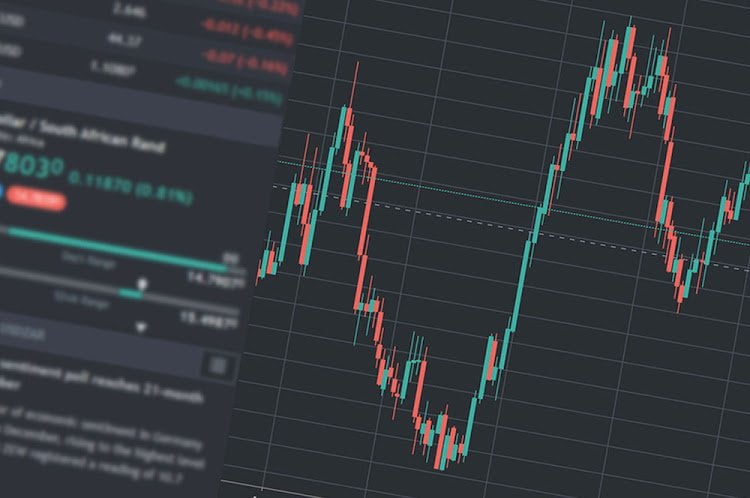In the fast-paced and often unpredictable world of financial markets, successful traders understand the value of historical data. This data, which includes past price and volume information, can be a powerful tool for making informed trading decisions and managing risk effectively. In this article, we’ll explore how traders harness the power of historical data to improve their trading strategies and outcomes.
Understanding Historical Data
Historical data, also known as historical market data or price data, refers to a record of past market prices, trading volumes, and other relevant information for various financial instruments. This data is typically presented in the form of charts, tables, or spreadsheets and covers different timeframes, from tick-by-tick data to daily, weekly, or monthly intervals.
The Role of Historical Data in Trading
Technical Analysis: One of the primary ways traders use historical data is through technical analysis. This involves studying past price movements and patterns to predict future price movements. Chart patterns like head and shoulders, moving averages, and candlestick formations are examples of tools that rely on historical data.
Backtesting Strategies: Historical data allows traders to backtest their trading strategies. By applying their rules to past market conditions, traders can assess how their strategies would have performed, helping them refine and optimize their approaches.
Risk Management: Traders use historical data to calculate key risk metrics, such as volatility, drawdowns, and maximum loss potential. This information helps traders set appropriate stop-loss orders and position sizes to manage risk effectively.
Identifying Trends: Analyzing historical data helps traders identify trends in the market. Understanding whether an asset is in an uptrend, downtrend, or ranging can inform trading decisions, such as trend-following or mean-reversion strategies.
Market Sentiment: Historical data can reveal shifts in market sentiment. For example, examining volume data can help traders gauge the level of interest or enthusiasm for a particular asset.
Challenges of Using Historical Data
While historical data can be a valuable resource, there are challenges traders need to consider:
Data Quality: Ensuring the accuracy and completeness of historical data is crucial. Errors or missing data can lead to incorrect analysis and decisions.
Data Selection: Deciding which data to analyze is essential. Different timeframes and data sources can yield different insights.
Data Interpretation: Interpreting historical data correctly requires skill and experience. Not all patterns or price movements have predictive value.
Changing Market Conditions: Markets evolve over time, and historical patterns may lose their relevance. Traders must adapt their strategies accordingly.
Conclusion
Historical data is a valuable resource for traders seeking to gain an edge in the financial markets. By analyzing past price movements, traders can develop effective strategies, manage risk, and make more informed decisions. However, it’s important to use historical data judiciously, considering its limitations and the dynamic nature of financial markets. When used wisely, historical data can be a powerful tool for traders looking to navigate the complexities of trading and achieve their financial goals.

